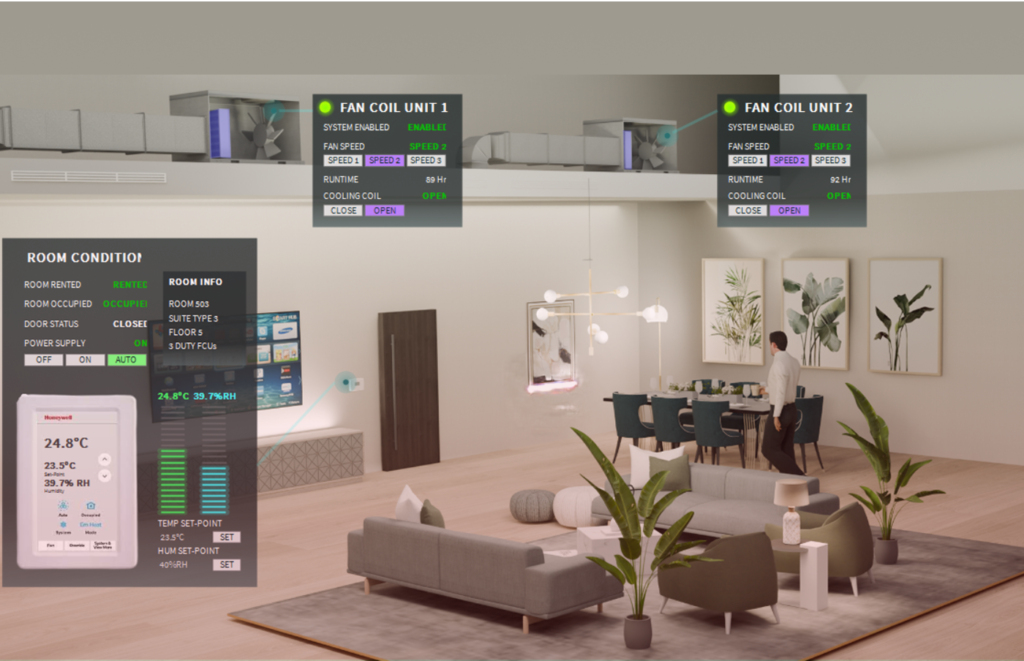The Operating System for Any Building
We Develop, Upgrade, and Maintain highly reliable BMS systems that maximize efficiency and minimize operating costs – backed by a team you can trust
A Legacy of Trust and Expertise
Since 2009, AJB has been quietly redefining what it means to deliver reliable, high-quality building management systems (BMS). But our story goes back even further—our founder has been solving complex building challenges since 1977, long before BMS became a standard. Today, we bring that same dedication to every project, ensuring your systems are efficient, dependable, and future-proof.
38%
Reduction in Energy Consumption
32%
Savings in Electricity Cost
92%
Increased Building Occupants’ Satisfaction
67%
Increased Operational Efficiency
Trusted by




















Comprehensive BMS Solutions for Smarter Buildings
From design to long-term support, we deliver the full BMS lifecycle—ensuring your system evolves with technology and protects your investment for decades.
BMS Development
BMS Upgrade
BMS Maintenance



Tailored solutions that integrate HVAC, security, and energy systems for seamless management.
Modernize outdated systems to boost efficiency, lower costs, and enhance functionality.
Proactive support to keep your system operating reliably year after year.
Our Global Footprint

How a BMS Works: The Three Core Layers
A modern BMS ensures efficient control, monitoring, and optimization of building functions through three key layers.

Central Supervisor Workstation – The Control Hub The command center for real-time monitoring, analytics, and management of all building systems. Operators can adjust HVAC settings, optimize lighting schedules, and receive alerts on security and system malfunctions—leading to better energy efficiency, cost savings, and improved comfort.
Controllers – The Building’s Operating System Acting as the decision-making hub, controllers process sensor data to automate responses. By making real-time adjustments based on occupancy, environmental conditions, and energy use, controllers reduce human intervention, cut costs, and optimize performance.
Field Devices & Sensors – The Building’s Backbone A network of sensors continuously gathers data on temperature, humidity, air quality, and occupancy. This allows the BMS to dynamically adapt, ensuring optimal efficiency, reduced energy waste, and sustainable operations.
Key Benefits of a BMS
A well-integrated BMS offers numerous advantages for a smarter, more efficient, and cost-effective building.

Comprehensive Control & Monitoring – Manage all building systems (HVAC, lighting, security, electrical, and fire safety) from a single interface.
Performance Insights & Analytics – Data logging and trends provide real-time visibility into energy use and system performance.
Optimized Environments – Smart control strategies maintain comfortable living and working spaces while maximizing efficiency.
Cost & Energy Savings – Minimize operational costs, harness free energy, and reduce unnecessary loads for greater sustainability.
Some BMS-Controlled Systems: Monitoring & Optimization

Air Handling Unit

Chilled Water System

Data Center

Air Handling Unit

Air Handling Unit

Air Handling Unit
Request a Quote
If you have a project that needs BMS installation or Upgrade, please fill out the below form so we can get back to you as fast as possible.
